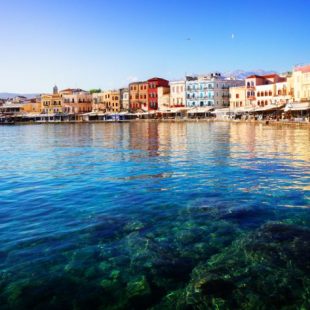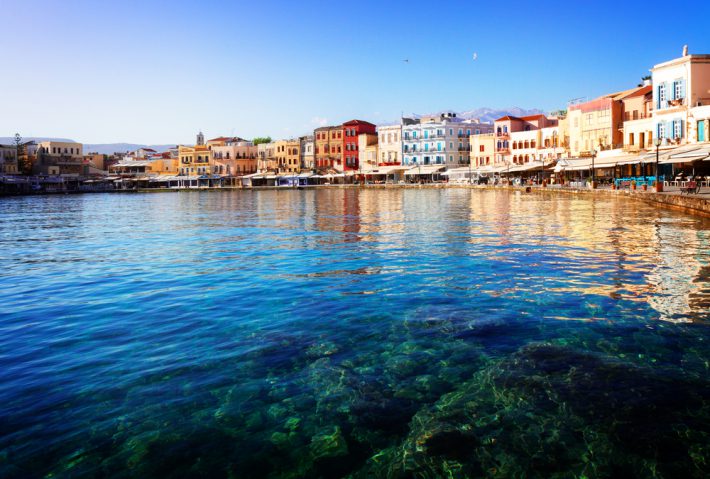
Exploring the Cape Drapanos, in the Apokoronas region of Crete
Crete has some wonderful terrain to explore, with one of the most interesting areas being Apokoronas, in the foothills of the White Mountains on the north coast. These mountains provide abundant water to service the fertile green land.

There is so much water that it also creates the only natural lake on the whole island. This is a great part of Crete to explore, not only its natural beauty but interesting seaside towns, traditional inland villages, which seem to have paused in time, and the Kiliaris River that has a great nature walk and old Venetian watermill. After an invigorating stroll, settle in one of the traditional bars and restaurants and try out some genuine Cretan cuisine.
Near Cape Drapanos there are interesting cave formations on the coast, such as the ‘Elephantsí Caveí’. Make sure that you take all necessities; shade, food and water, as they may not necessarily be available at the site.
Several idyllic, traditional villages are worth visiting, but take time to explore Gavalohori and Kokkino Chorio. Gavalohori is relatively big and has interesting architecture in what you would term a folk tradition. This village is officially protected, visit the small 18th century arched olive press, the temples of Panagia and Agios Sergios, the folk museum, and the women’s cooperative centre, producing very delicate embroideries.
Kokkino Chorio, (Red Village) named after a turbulent past, overlooks the incredible Souda Bay. This village may look familiar, because it was the village used in the 1964 film Zorba the Greek, starring Anthony Quinn and Alan Bates. Needless to say it started a bit of a tourist boom, which definitely benefitted the local tradesmen.
Chania has a gorgeous old town and is only a 30 minutes’ drive away. Its Venetian harbour, pedestrian alleys lined with boutiques and bars and its covered market, makes Chania a ‘must see’ town.


